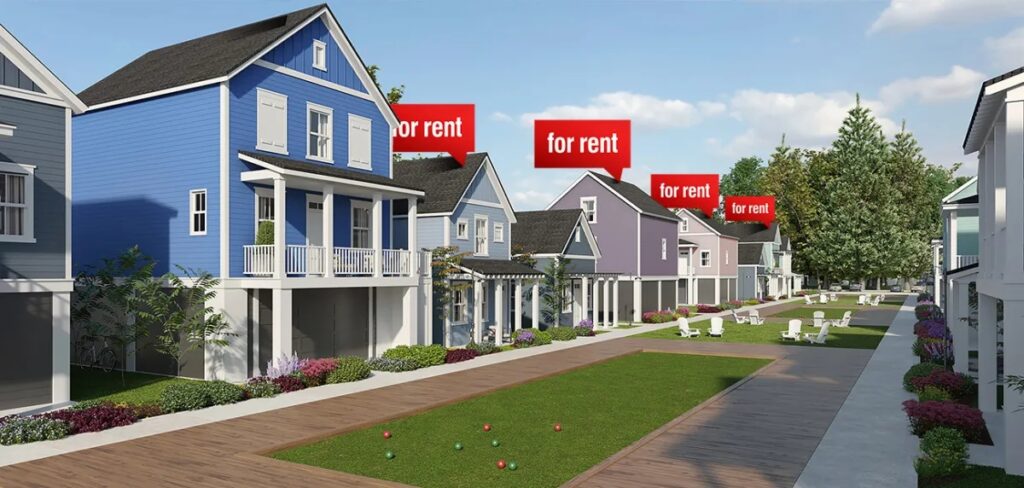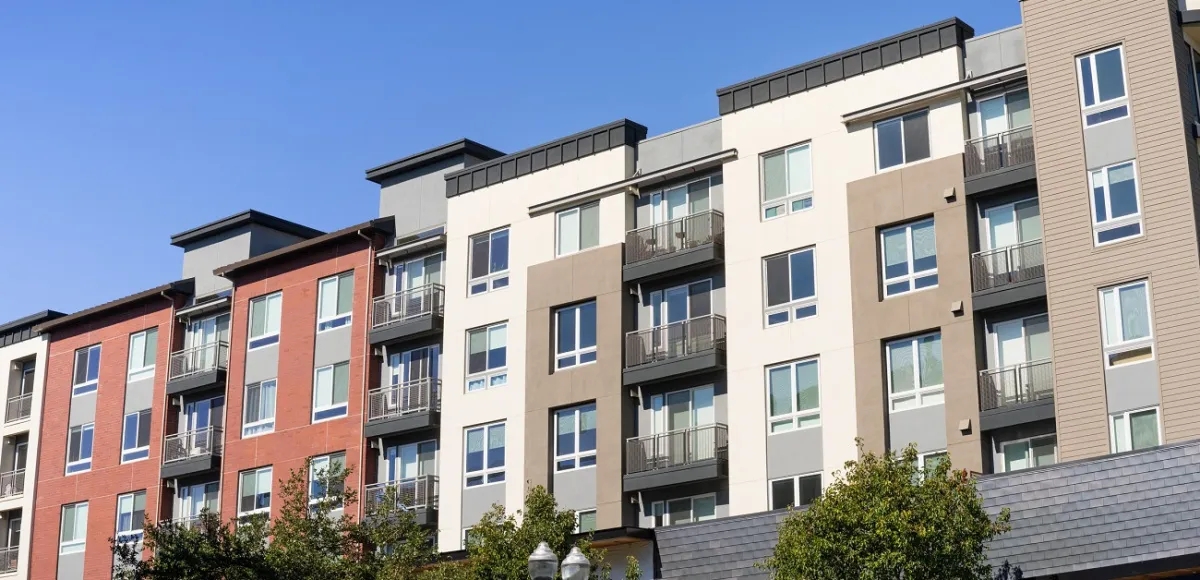As home prices have skyrocketed and inventory diminished, and families sought more living space, rental houses have become an attractive solution. Here is why they appeal–and what you should know.

Five years ago, Elizabeth Campbell-Chase of Pacific Coast Rentals attended a lecture hosted by the California Association of REALTORS(r). At that lecture she discovered the benefits of building single-family houses to rent. Two years later she put this theory to the test by building seven units on one acre and handling property management as well. “All quickly leased up quickly, and I was able to maintain occupancy each time renters left,” says Campbell-Chase.
Renters appreciated having more privacy than in an apartment setting; “nobody shared walls.” In addition, they enjoyed having their own yard and parking spot; someone took on maintenance responsibilities as needed and was paid accordingly. She went on to build three other communities nearby towns and schools offering varied housing types with reasonable rent charges that provided the renters with a better quality of life and ability to save; several even moved on towards homeownership!
Build-to-rent and single-family rental niches are growing increasingly popular as a solution for America’s housing shortage, estimated by Freddie Mac to reach an estimated total of 3.8 million homes by 2021. They offer homeowners the experience of homeownership without steep purchase prices, maintenance costs, real estate or school taxes or homeowners association fees – giving a taste of homeownership without steep purchase prices, maintenance costs or real estate/school tax burdens or HOA fees. Their rents tend to compare favorably to traditional apartment leases of similar size/quality; thus contributing significantly towards filling our country’s large shortage estimated by Freddie Mac at an estimated total estimated 3.8 million homes by 2021.
Michael Van Der Poel, managing partner at ACRE (a vertically integrated private equity firm that specializes in housing investment including BTRs), says the pandemic “fired up the trend.” People sought more space and greenery by leaving urban cores and overcrowded apartments behind, according to Shannon Hersker of Northmarq (a commercial real estate brokerage firm which represents builders entering this niche). Unable to purchase their own homes, many turned instead towards BTRs – according to Don Walker from John Burns Real Estate Consulting (a housing industry analyst firm).


